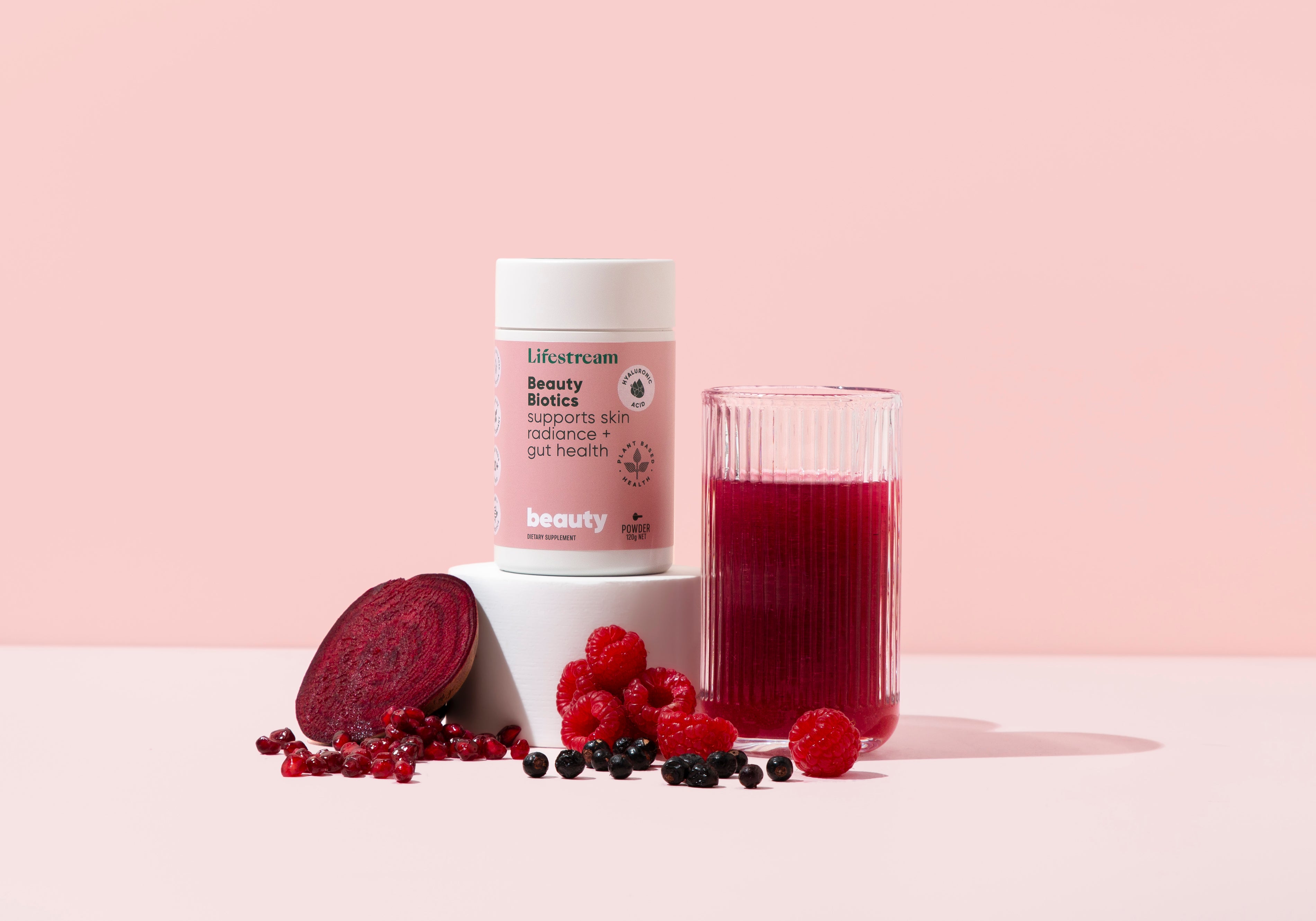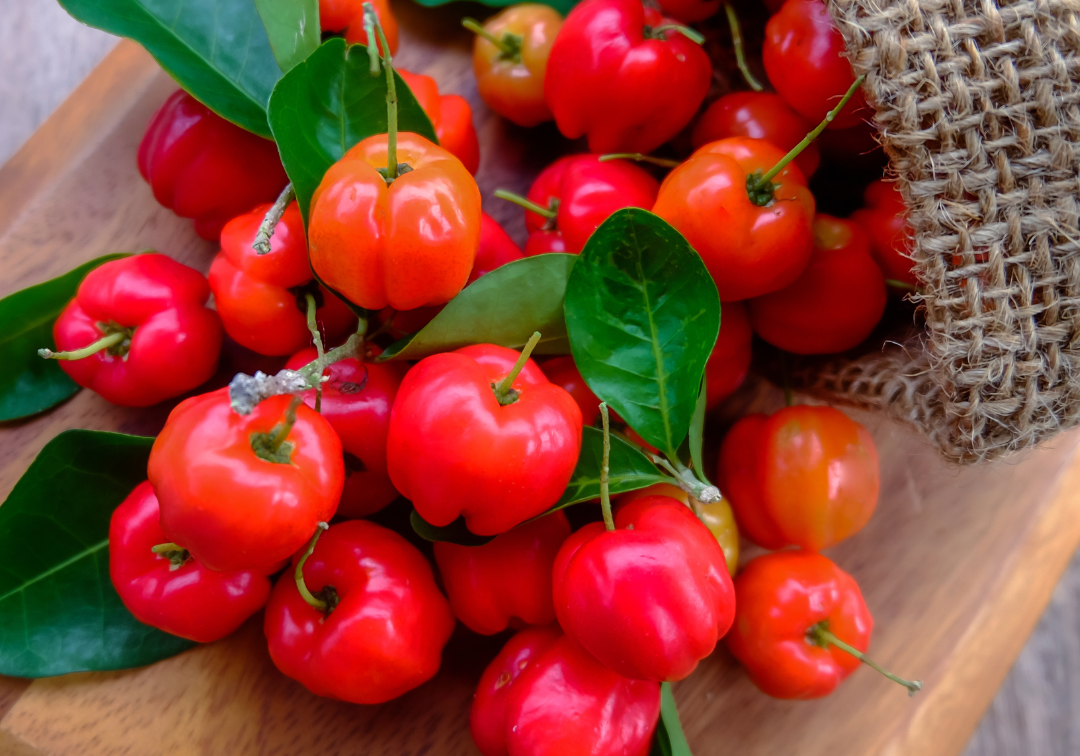Lifestream pioneered the Spirulina movement over 40 years ago, having been founded by Michael Henrickson who was so convinced of the power of Spirulina as a superfood that he wanted to be able to buy it for his own use, so he negotiated distribution rights for the leading Spirulina in the world, for both NZ and Australia, in 1980.
In our first blog we talked about some of the unique qualities of Spirulina, so let’s take a look at how it’s grown and harvested and later what it’s good for.
The only Spirulina we use is naturally cultivated in open air ponds to ensure maximum sunlight exposure for the maximum concentration of nutrients. It’s grown in dry isolated areas away from human habitation, and to avoid environmental and agricultural toxin exposure, it’s tested daily, and fed fresh mineral rich water. When it’s ready for harvesting it’s gently filtered and washed to preserve its quality and then spray dried to ensure low moisture content. Tests for purity, a high nutrient profile and heavy metals is also performed and signed off before it’s packaged and ready for you.
We also love that Spirulina requires much less land than most food crops, it can grow in very arid conditions, and requires less energy input for cultivation. It’s also an oxygen producer so requires less water per kilo of protein compared protein farming like soy, corn and beef. It is also an oxygen producer, so that’s tick for the environment.
Our Spirulina is non-GMO, gluten free, kosher, halal, sustainably grown, non-allergenic, vegan friendly, and keto-friendly.
So, what is this superfood good for? From our previous blog we know Spirulina is super rich in a large array of nutrients and in some pretty decent amounts, like protein for example, and because there is much less cellulose in the cell walls, your body can access this protein for energy quicker than if you ate a juicy steak. Remember too that Spirulina has more usable protein compared to beef.
Another important mention here are the antioxidants. Plants are your best source of antioxidants which is why it’s a good plan to eat at least 7-10 serves of fruit and vege’s a day, and…. Spirulina’s not different, in fact, 1 serving (3gm) of Spirulina is a really efficient way of adding to your daily fruit and vege servings.
But let’s get back to the antioxidants…in Spirulina you’ll find Vitamin E, selenium, zinc, beta-carotene, phycocyanin, zeaxanthin, and lutein, GLA (gamma linolenic acid) and LA (Linoleic acid) all of which have antioxidant properties. Whether you’re ill or not, young or old, your body is bombarded with things that cause inflammation every day, like stress, injury, poor sleep, processed foods, overexercise, alcohol, some medications, dehydration, environment and industrial pollutants, and smoking.
Your immune system is constantly keeping watch for imbalance and kicks into action when it shows up, and it’s a group of superheroes called antioxidants that provide it with added back up. They help support your body with healthy immune function and cell regeneration, efficient detoxification, healthy circulation as a result of oxidative stress from free radicals. They work silently and diligently behind the scenes, which means it’s not always obvious that they’re making a difference, but rest assured they are helping to protect you for the negative effects of inflammation and illness. They can help support the effects of things like inflammation on the outside and on the inside, to keep your cells in peak condition and fitness.
If you’re looking for additional antioxidant support Lifestream Astazan from another algae, red in colour, and is a great addition to Spirulina to support joint, eye, skin, and immune health.




